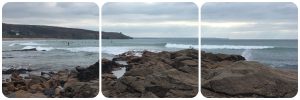
Highlights: Elvan, peat beds
Location: SW 5787 2801
What’s nearby: Rinsey Cove, Megiliggar Rocks
Conservation: Site of Specific Scientific Interest (SSSI). No hammering or collecting at any time.
Information here is provided for reference only. You should ensure that you have permission from the landowner and take safety precautions when visiting sites. Always check tidal timetables before visiting coastal sites and remain aware of cliff falls.
Gallery
Further Reading & References
- Ealey, P.J. 1999. Praa Sands — a realistic approach to geological conservation of a Cornish Quaternary coastal section. Geoscience in south—west England, 9, 374-378. [PDF]
- Goode, A.J.J. 1973. The mode of intrusion of Cornish elvans. Rep. Inst. Geol. Sci. London No. 73/7.
- Stone, M. 1968. A study of the Praa Sands elvan and its bearing on the origin of elvans. Proceedings of the Ussher Society, 2. [PDF]
